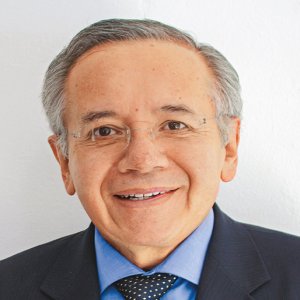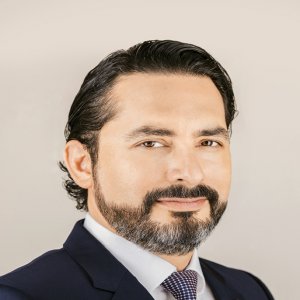Greater Incentives Needed for Local Investors

STORY INLINE POST
Mexico’s mineral resource is widely untapped but the right investment incentives could open the floodgates to local investors and greater development, says David Wolfin, President and CEO of Avino Silver & Gold Mines. “In Canada, we have a program based on flow groups. Investors get associated benefits by investing in a mining company and that money is directed to exploration” he says. “Mexico has wealthy people who could invest in their own country if this opportunity was available. More exploration, more discoveries and hence, more mines could be found.”
Avino Silver & Gold Mines itself wanted to participate in the Mexican Stock Exchange, but the conditions would not allow it. “The government should introduce exploration incentives for junior mining companies in Mexico. We could finance our profit on the Canadian Stock Exchange and then send this money to the country and build our mines. Avino Silver & Gold Mines has been public for many decades now in Canada. Hence, we have secondary offerings on the stock exchange. Nevertheless, if we could do this in Mexico, I believe more people in Latin America would invest as well,” he says. The company’s most important asset is located in Durango. The Avino vein was mined during 27 years of open pit and underground production prior to 2001. “In 2018, we completed an expansion of the mill, with the addition of a fourth bulk flotation circuit. This allowed us to increase our production from 1,500t/d to 2,500t/d,” says Wolfin. He is confident about an increase in production toward the end of 2019. The company is targeting between 2.6 million and 2.8 million oz of silver equivalent. “By 2020, we are looking for this number to climb up to 3.2 million tons per day,” he adds.
As a smaller company, Avino is keeping an eye on local developments that are creating uncertainty; in particular, the Mining Fund, which was managed by municipalities, will now be administered by the federal government. “As we are expanding operations in the country, our biggest concern is the structural improvements around tax collection. This money is supposed to be directed toward communities,” Wolfin says. He points out, however, that the company maintains a good relationship with relevant stakeholders. “Durango’s authorities have been helpful and open to business. They appreciate what we are doing in the region.” The company itself has supported local communities with a variety of infrastructure projects, including road construction, water systems and even medical services. “To date, we have employed 350 locals. I believe that hand in hand with the government, we could promote the development of a mining curriculum among younger locals. This could help to rebuild the community’s labor force,” Wolfin notes.






















